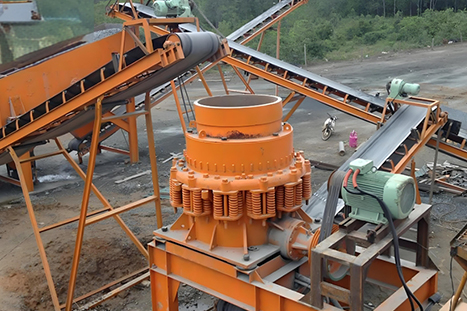The 200-250t/h soft rock crushing plant is tailored for medium-scale aggregate production, effectively processing materials like limestone, gypsum, and dolomite. This production line emphasizes efficient crushing and screening, delivering high-quality aggregates suitable for various construction projects.Overall, the 200-250t/h soft rock crushing plant offers an efficient, cost-effective solution for medium-scale aggregate production, delivering high-quality materials for various construction applications with minimal operational complexity.

Based on production requirements and material characteristics, the plant typically includes the following equipment:
This configuration ensures efficient processing of soft rock materials, resulting in high-quality aggregates suitable for various construction applications.
The total investment for the 200-250t/h soft rock crushing plant is approximately between $100,000 to $150,000, depending on specific equipment choices and configurations. Selecting the appropriate equipment and configuration not only meets production needs but also ensures a rapid return on investment through efficient operation and maintenance.
We assign a project manager for each project, who provides specialized project management services, including strict project stage progress management to ensure on-schedule project completion. Strict internal production management ensuring on-schedule production completion.


We provide complete installation services for customers regarding site leveling, foundation drawing inspection, construction progress and team planning, installation instructions, and production line commissioning, to ensure smooth operation of production lines. In addition, we provide appropriate trainings for customers to achieve their satisfaction.
Integrating R&D, production, distribution, and service-providing into one enterprise, HAMAC attaches great importance to communication with customers. We have established an after sales visit team consisting of more than 68 persons. On the one hand, they timely solve the problems that our customers encounter; on the other hand, they collect feedback and improvement recommendations from our customers, to correctly orient our development and research.